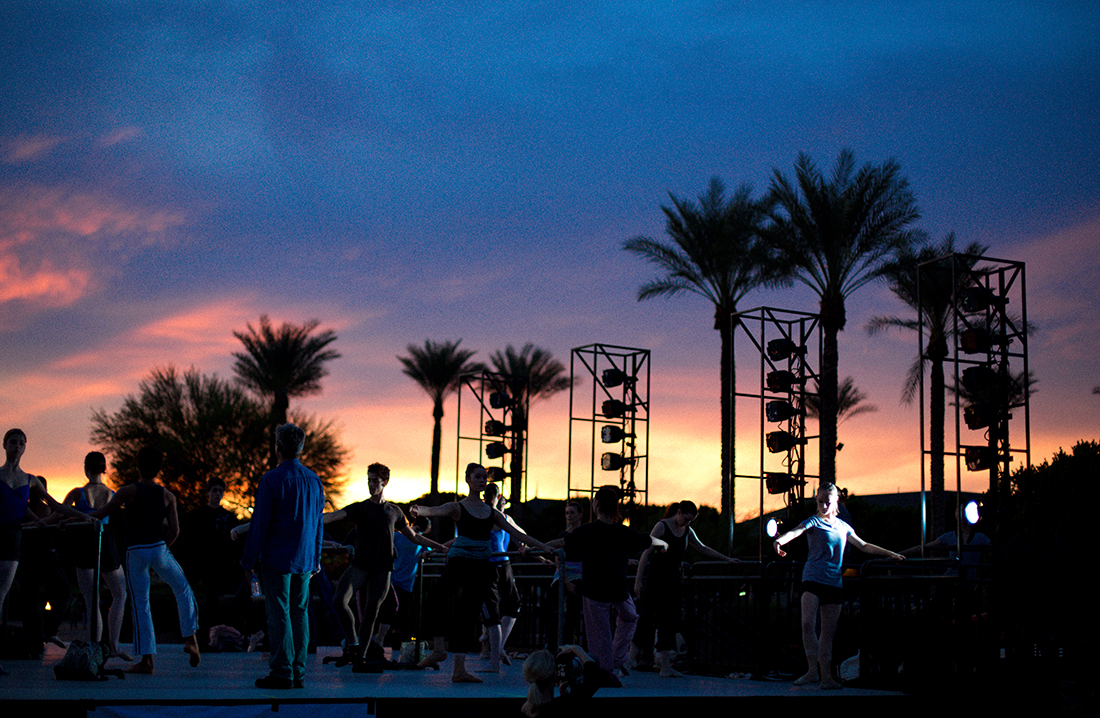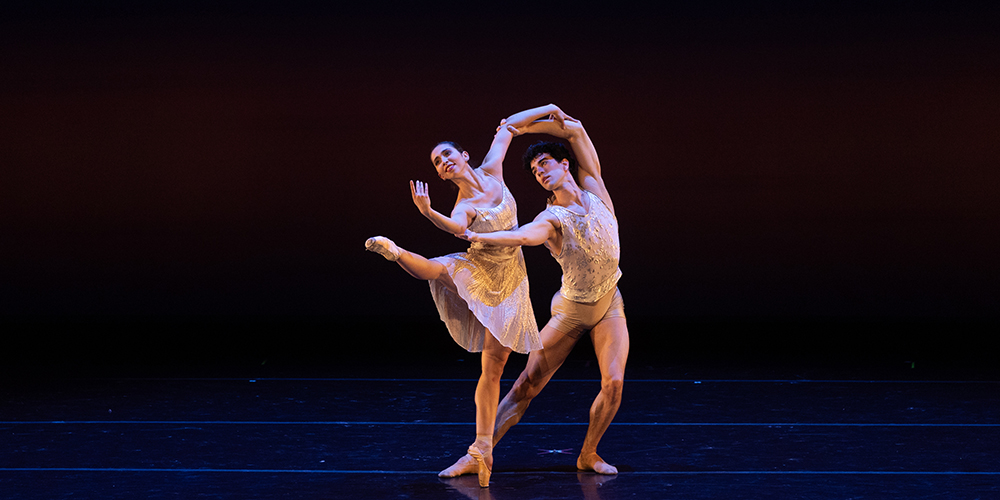12 August 2019
10 Things You Need to Know About The Ballet Napoli
Set on the beautiful Italian seaside, Napoli tells the story of Gennaro, a poor fisherman, and his beloved Teresina, as they overcome trials and temptations from fellow suitors to an evil sea spirit. As one of choreographer August Bournonville’s most beloved and enduring ballets, here are the 10 things you need to know about Napoli!
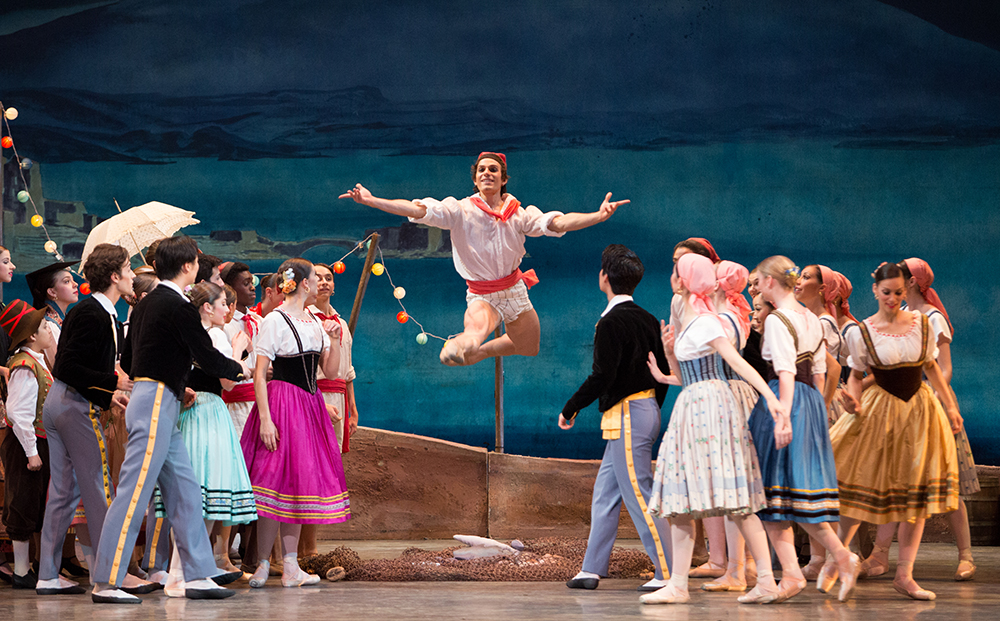
In 1841, August Bournonville was banned from Denmark, for a period of time, after insulting King Chrisitan VIII from the stage! During his ban, Bournonville took a trip to Naples and was fascinated by the seaside city, so much so that in 1842, after returning to Denmark, he choreographed Napoli!
Impressed by the local color and vibrancy of Naples, Bournonville strove to include that same liveliness of the city in the ballet, ending the final act with a playful tarantella!
Speaking of the tarantella, that dance became Bournonville’s inspiration for creating the entire ballet.
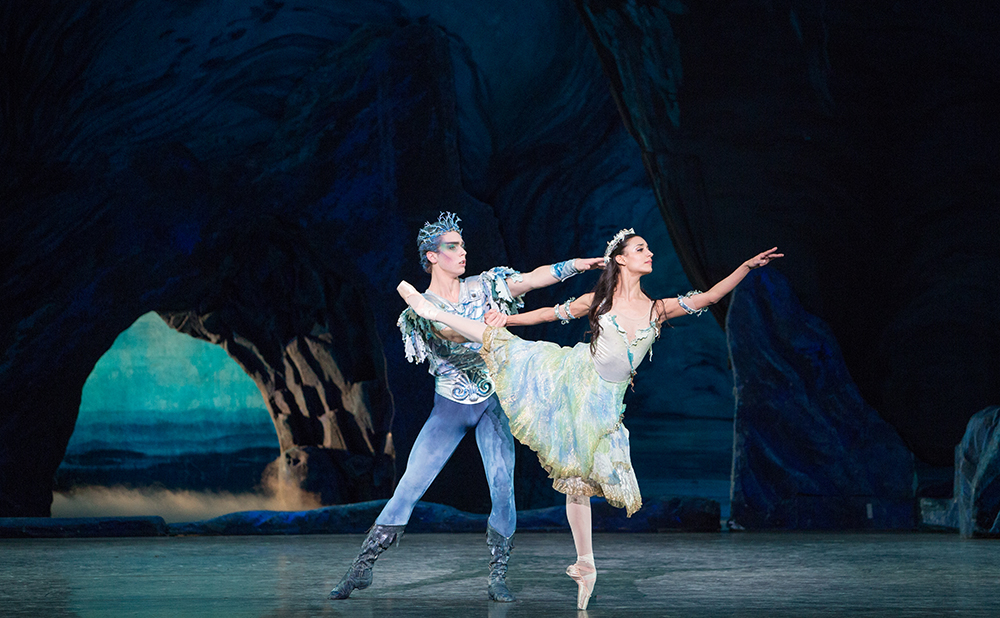
In Bournonville’s memoirs, he recounts how during a long and monotonous carriage ride, he spent hours humming the tune that would become the first three sections of the tarantella in Act III.
Several Danish composers helped create the score for Napoli. Edvard Helsted and Holger Simon Paulli composed Acts I and III, while Niels W. Gade composed Act II and set the tone for the iconic Blue Grotto, including a popular melody of the time, La Melancholie, which was composed by violin virtuoso François Prume. Lastly, Bournonville had Hans Christian Lumbye compose the music for the “galop” dance that follows the famous tarantella!
In Act I of Napoli, the character Peppo, has a slander scene that was inspired by Gioachino Rossini’s slander scene in the iconic opera The Barber of Seville.
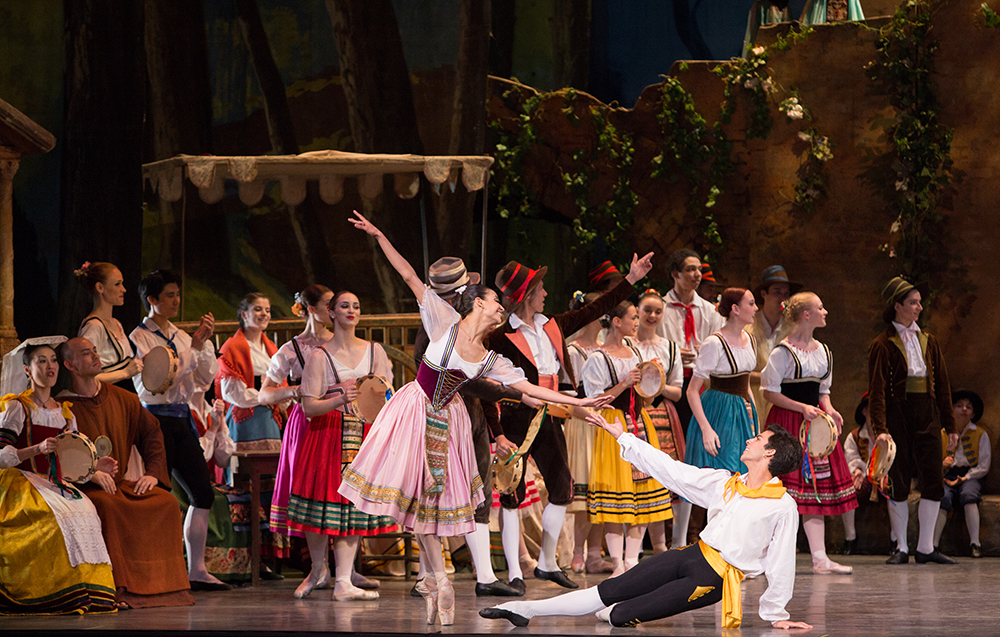
The folk tune Te voglio bene assai is used in Act I to highlight Teresina and Gennaro’s love for each other.
Bournonville used Catholicism in Napoli as a part of the local color, as he had been very taken by the religious processions and public shrines he had witnessed on his trip, a stark difference to the Lutheran Copenhagen of that time. The Latin hymn O Sanctissima is used in Act II to underscore the power of Christianity over the magical creature Golfo’s demonry.
Napoli is often referred to as Bournonville’s signature work and is even said to be Denmark’s national ballet!
Ballet Arizona was the first company in the United States to perform Napoli, making it’s American debut in February of 2015, and featured sets and costumes from the Royal Danish Ballet.
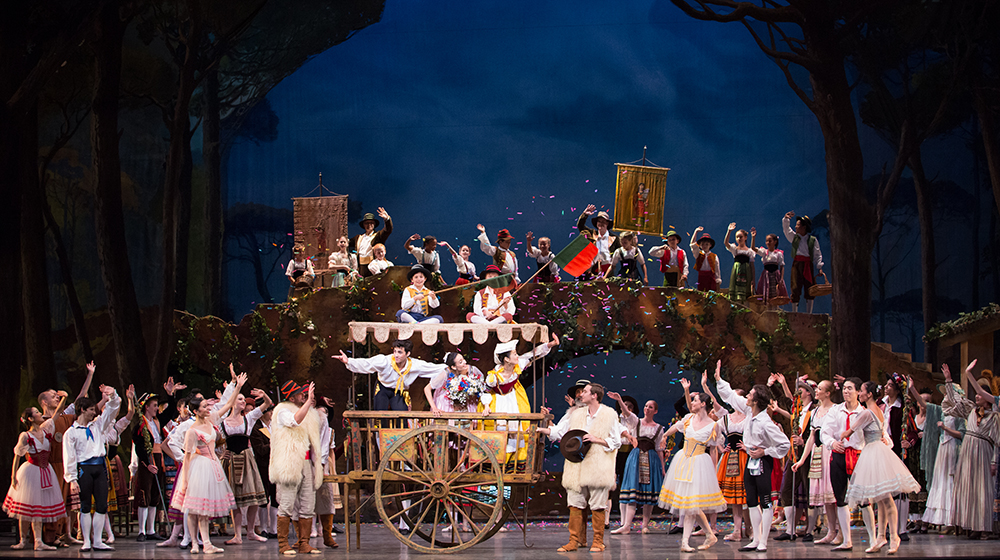
Join Ballet Arizona and see the magic of Napoli on stage October 24-27 at Symphony Hall in Downtown Phoenix!
Click here to get your tickets to Napoli




